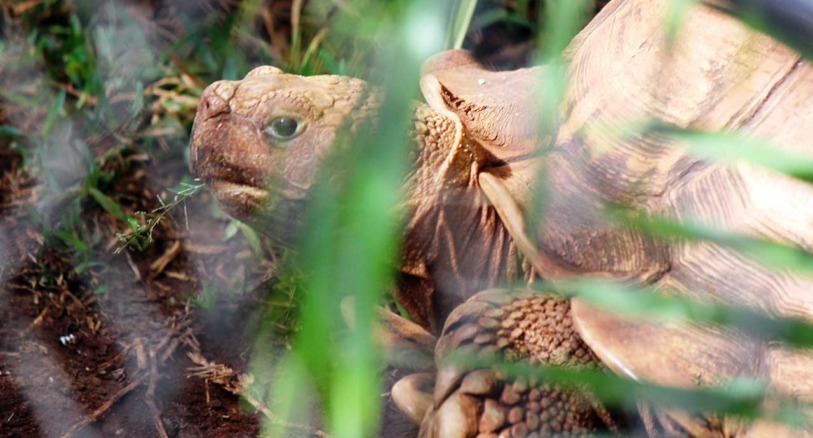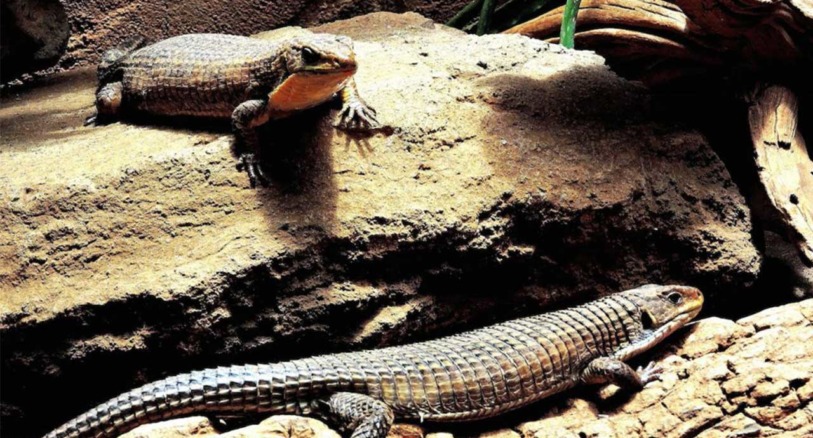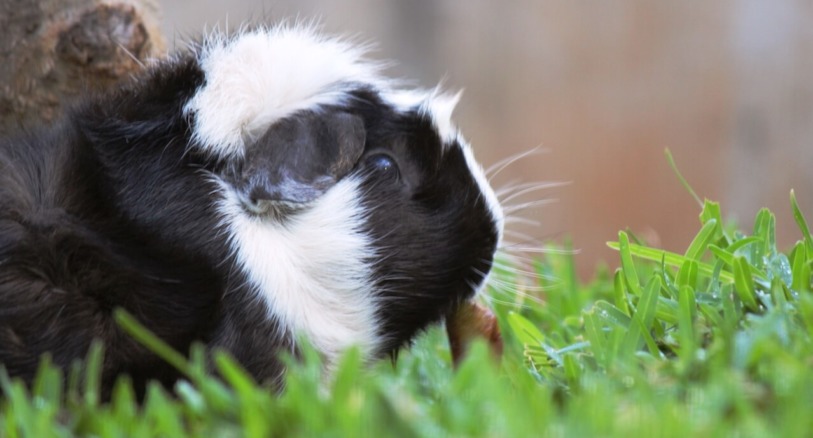
The African spurred tortoise is is the third-largest species of tortoise in the world, the largest species of mainland tortoise, and the only species in the genus Centrochelys.

The Great Plated Lizard is widely distributed in eastern and southeastern Africa. It is a ground-dwelling lizard and lives in the semi-arid steppe areas, or flat parts of Africa.

The name aardvark comes from a word meaning “earth pig.” The aardvark is endemic to Africa and are specialized for eating termites but are considered an omnivore.

African Wild Dogs are very social animals that live in packs of 5-20 individuals; rarely as many as 60. They fill the ecological role or niche of the wolf in Africa.

Its eyes are physically adapted for speed, enabling it to spot distant prey and follow it with pinpoint precision before racing in to kill.

Giraffes inhabit savanna country where there are Acacia and climbing leguminous plants. They are found in Africa south of the Sahara to Cape Town.

Goats were domesticated earlier than cattle, the family to which they belong, and the history of their use by man goes back about 3,000 years.

Like other rodents, the guinea pig has long incisors, which grow constantly to compensate for wear. Only the front surfaces bear enamel and, since the inner surfaces of the incisors wear down more quickly, they remain bevel-edged.

Hippos arrive at the water pool before sunrise and leave after dark. In the grass the hippos spread out and graze alone, except for females and their calves, who stay close together most of the night.

The tongue’s upper surface has small bumps on it which enables the lion to hold on to meat while eating and to remove parasites when grooming.

